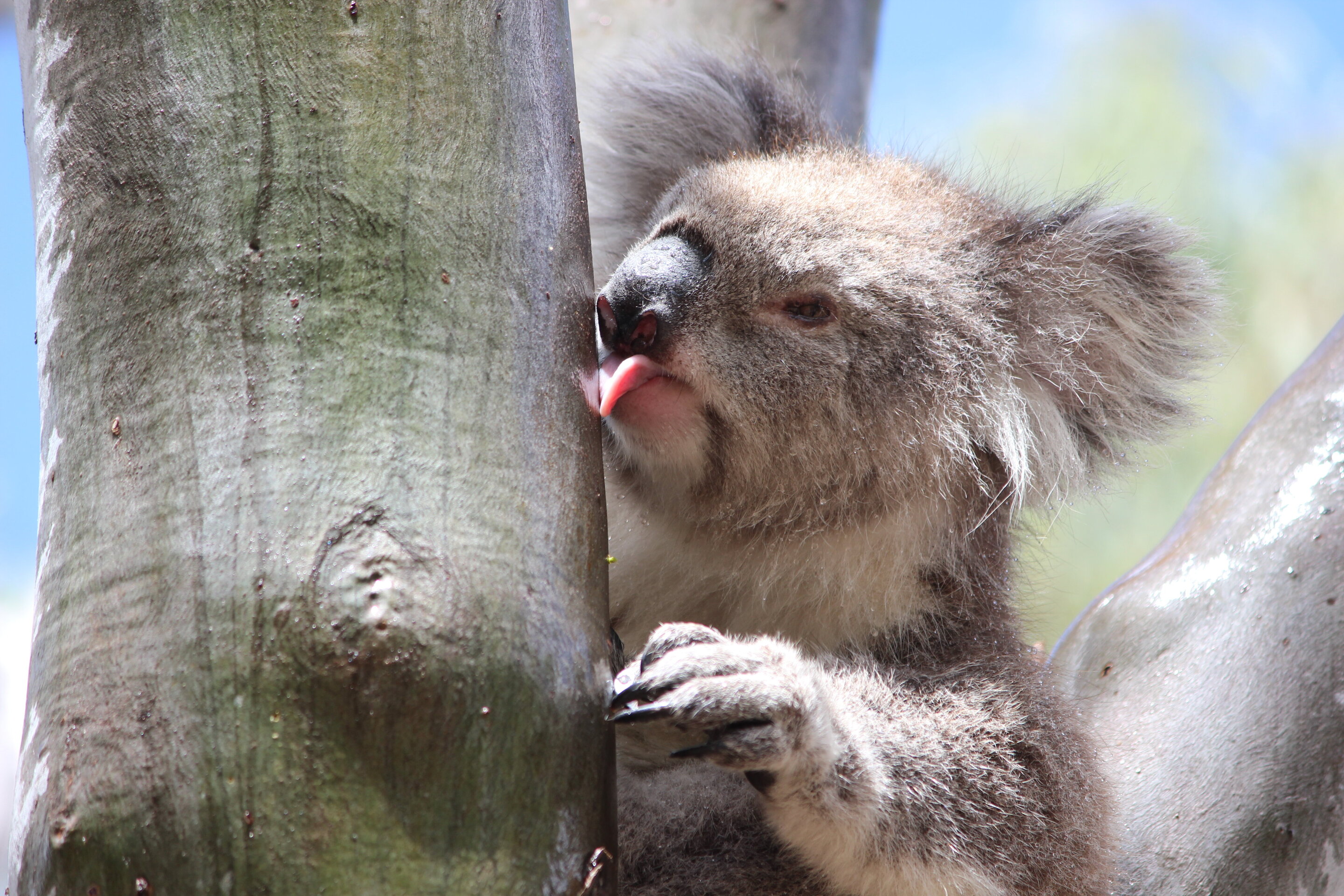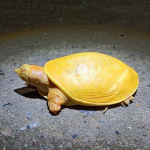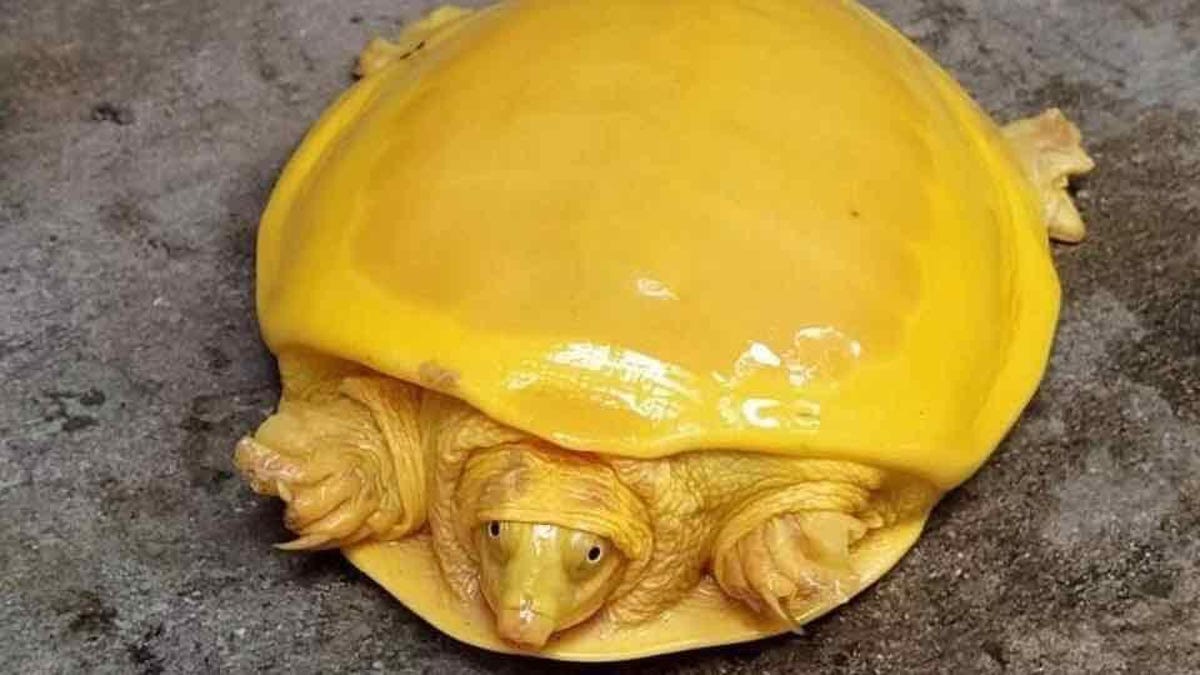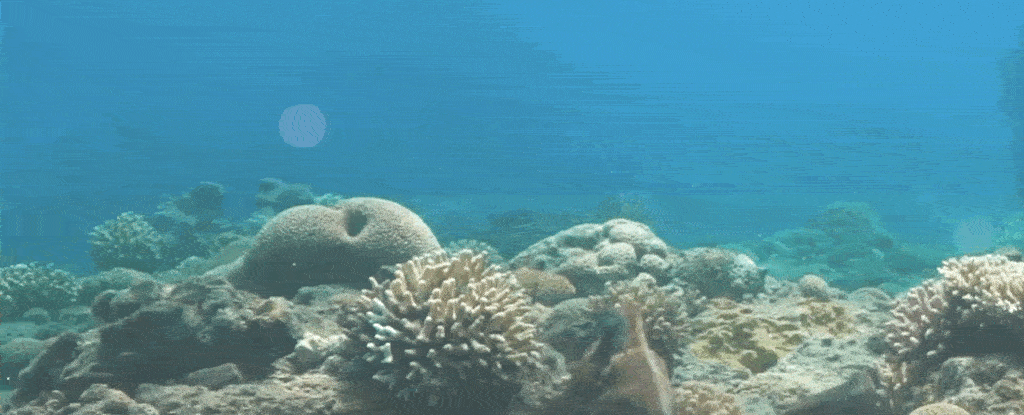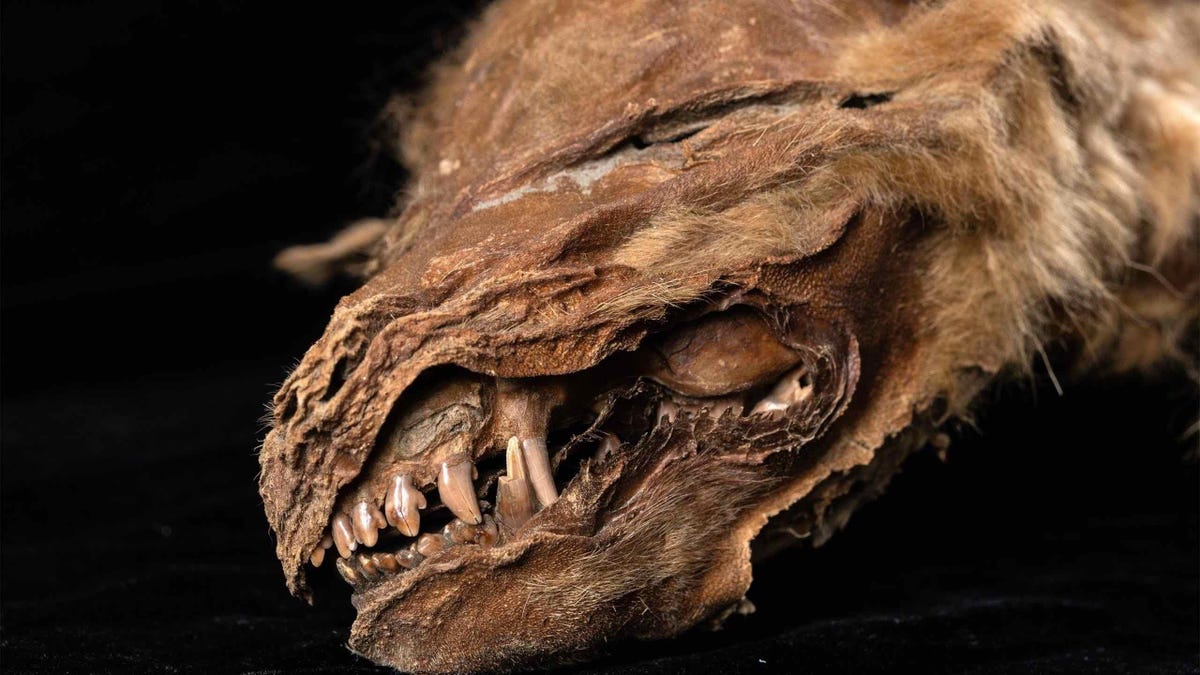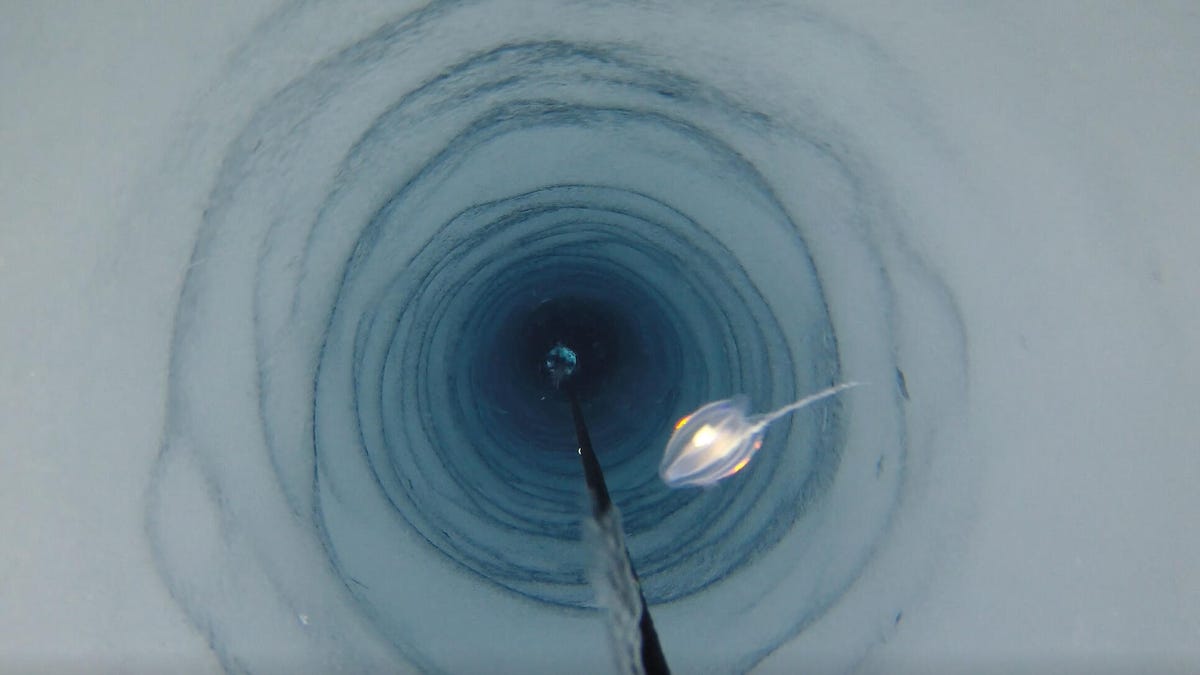Seldom Bucket
Well-Known Member
Scientists turn yeast into psychedelic psilocybin factories

 newatlas.com
newatlas.com
With psilocybin on the cusp of becoming a clinically validated and approved medicine, scientists are exploring new ways to produce the chemical without needing to grow magic mushrooms or relying on costly synthesis techniques. A team of Danish researchers has presented a novel method of producing the psychedelic chemical using common yeast.
"It's infeasible and way too expensive to extract psilocybin from magic mushrooms and the best chemical synthesis methods require expensive and difficult-to-source starting substrates,” explains Nick Milne, an author on the new study published in the journal Metabolic Engineering. “Thus, there is a need to bring down the cost of production and to provide a more consistent supply chain.”
If psilocybin research continues down the path it is currently on, there will be a great need for large-scale production in the coming years. It is not commercially viable to extract the chemical from magic mushrooms, but as Milne and his team suggest in their study, current synthesis methods are not ideal either.

Scientists turn yeast into psychedelic psilocybin factories
With psilocybin on the cusp of becoming a clinically validated and approved medicine, scientists are exploring new ways to produce the chemical without needing to grow magic mushrooms or relying on costly synthesis techniques. A team of Danish researchers has presented a novel method of producing…



